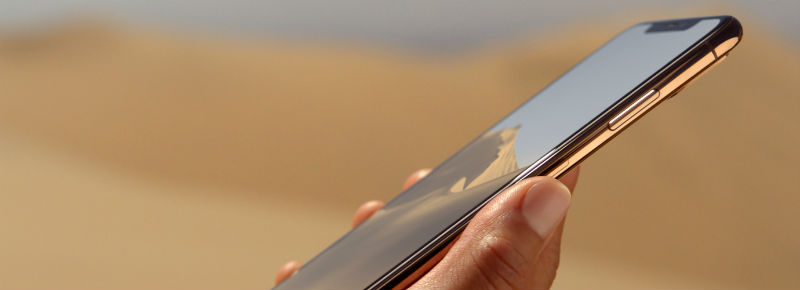Apple’s range of iPhones have been slow to uptake NFC technology outside of their own proprietary systems (like Apple Pay) so the fact they’re opening up the native NFC functionality on their phones is a boon for users and advertisers alike.
Native NFC usage on the iPhone opens up a whole new market in NFC lead advertising and product labeling for companies that are quick to use this under-represented technology. Now that more and more people have access to NFC on their phones, we’re sure to see a large uptake in people using NFC labels and tags for more and more uses.
If you’re an iPhone user and are wondering what versions or model have NFC baked into the IOS here’s a rundown of all the different versions of iPhones that have NFC and how it can be used.
iPhone 4s
NFC is not enabled for this model
iPhone 5
NFC is not enabled for this model
iPhone 5c
NFC is not enabled for this model
iPhone 5s
NFC is not enabled for this model
iPhone 6
Yes, NFC is enabled – however if you wish to read NFC labels or tags with this model of phone you will need to download an NFC reader app and it’s likely you will need iOS 11 or higher for it to be able to work.
It’s worth noting that with this model of iPhone you will only be able to read NFC tags, not encode them.
iPhone 6 and 6s
Yes, NFC is enabled however it’s only enabled natively for Apple Pay. If you wish to read NFC labels or tags with this model of phone you will need to download an NFC reader app and it’s likely you will need iOS 11 or higher for it to be able to work.
It’s worth noting that with this model of iPhone you will only be able to read NFC tags, not encode them.
iPhone SE
Again this model of iPhone does support NFC but only for Apple Pay. If you’re wanting to read NFC tags this will need to be done through a downloadable app – not natively through the iPhone iOS.
iPhone 7
With the iPhone 7 Apple has finally enabled native NFC on their phones, but with a caveat. Whilst they have NFC reading capability (which means you can just tap your iPhone 7 against an NFC tag to read it) you’re not able to write or encode NFC even if you download an NFC app.
iPhone 8
Not much changed in the way of NFC ability between the iPhone 7 and iPhone 8. Yes, these models can read NFC tags using the native iOS without having to download an App, but they’re still not able to write to or encode NFC tags.
iPhone X
This model has the same tech specs as the iPhone 8 when it comes to NFC capabilities, so yes they can read NFC tags, but not write to or encode them.
As you can see Apple is opening up the market for NFC opportunities with the latest three versions of their iPhone so it’s a great time to get into NFC advertising or promotion at the ground level if you’ve not already experimented with it.
If you’re interested in finding out more about NFC and how it can be used in your business, we suggest the following articles.
Using NFC Tags in Retail Marketing to drive engagement and build community
Can you reprogram NFC tags when used for advertising?
NFC for your customers – A Simple Guide




